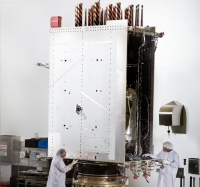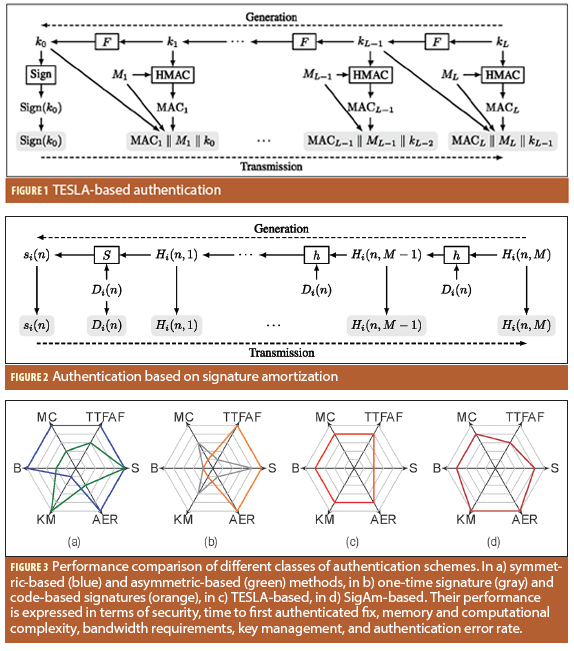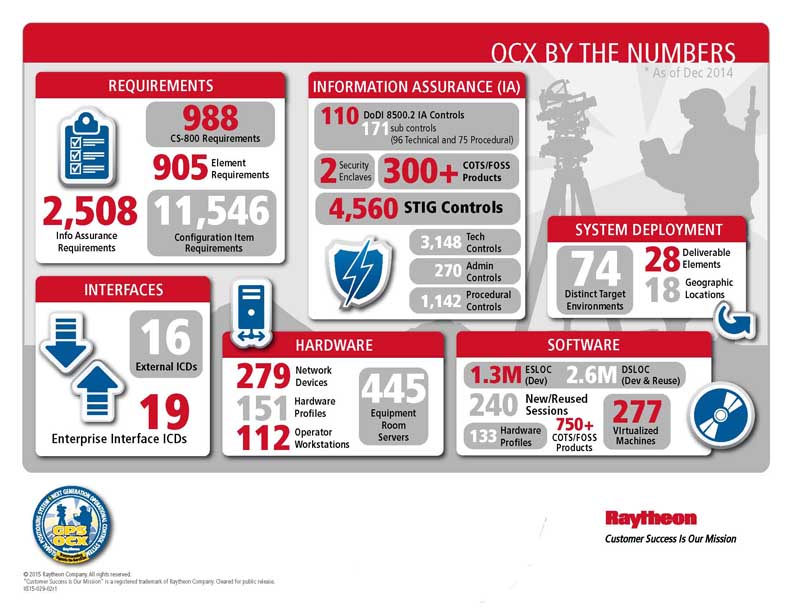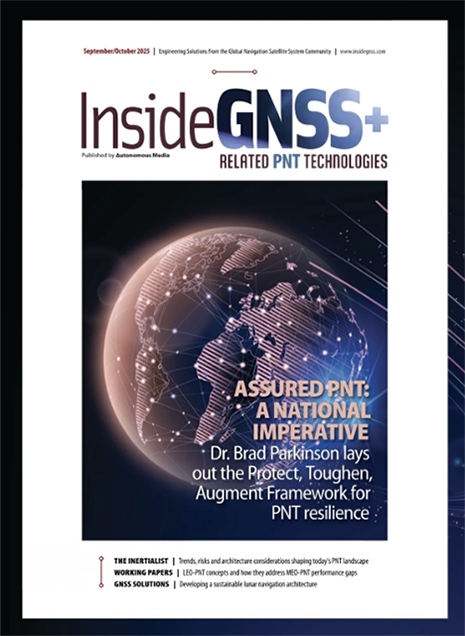Harris Delivers First OCX Receiver to Raytheon
Harris Corporation has delivered the first of 34 receivers to support the GPS Next Generation Operational Control System (OCX). The receiver was shipped to Raytheon Company, the prime contractor, in Aurora, Colorado, after it passed an electromagnetic interference test, Harris said.
By Inside GNSS












